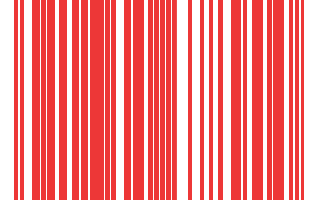This was not the usual Azerbaijani Twitter propaganda activism. Apparently, there were no users at work, it was an automated attack of “fakes.” Many of these fake accounts were created in 2014-2016. Here are a few examples: https://Twitter.com/mihail_osipov65, https://Twitter.com/VladimirJAkov13, https://Twitter.com/rais_nikiforov։
All these fakes had the following in common:
- They were in Russian.
- They were Tweeting only about the Armenian elections and the American influence on them.
- When there is no attack on Armenia, they mainly write about Russian-Ukrainian relations.
- They all, at one point or another, disseminated news from a certain Russian source, sm-news.ru.
Based on this information, it is safe to assume that these were Russian propaganda bots. Or there was an attempt to make it look like Russia was meddling in Armenian elections. Both scenarios are equally probable. But it is unclear as to who would benefit from such a quantitatively impressive but qualitatively useless effort.
To note, despite the attempt to hijack #Armvote17, a hashtag search on Twitter about Election Day, reveals that the top tweets were mainly posts from Armenia - by local Armenians and/or Diaspora Armenian observers.
